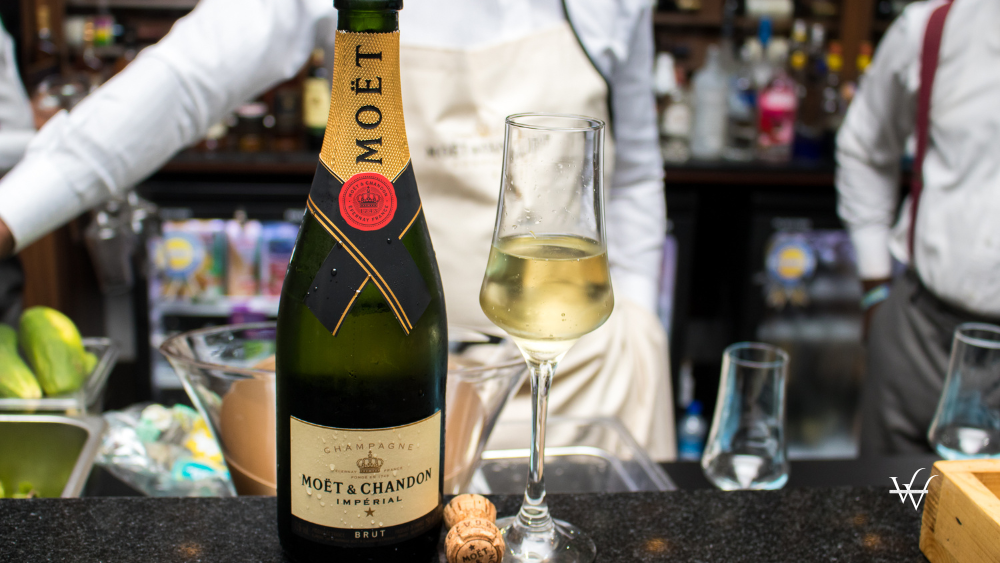Moët & Chandon is set to be the most valuable wine brand in the world in 2024, reaching an impressive estimated value of almost USD 1.4 billion, as revealed by a recent report from consultancy Brand Finance.
The iconic Champagne house has sustained its leadership by solidifying its position within the luxury segment, excelling in key markets, and drawing upon its rich cultural heritage, which continues to resonate with an international audience.
Top Contenders in the Wine Market
The Brand Finance report identifies several other prominent wine brands making their mark in the top 10 rankings. Chandon, valued at USD 1 billion, and Veuve Clicquot, worth USD 959 million, showcase the strong performance of French labels in the luxury sector. Dom Pérignon also remains a formidable player, valued at USD 800 million. Interestingly, not all top brands hail from France; the Chinese winery Changyu, founded in 1892, ranks fifth with a valuation of USD 707 million, establishing itself as the most valuable wine brand from Asia.
Other notable brands in the top 10 include:
- Penfolds (Australia) - USD 675 million
- [yellow tail] (Australia) - USD 613 million
- Behringer - USD 542 million
- Jacob's Creek - USD 344 million
- Lindeman's - USD 271 million
These figures illustrate a diversified and competitive wine market, showcasing brands that cater to various consumer preferences.
Strength and Sustainability Metrics
In assessing brand strength, Brand Finance highlights that Changyu emerges as the strongest wine brand in 2024, achieving a score of 81.5 out of 100. This success can be attributed to its effective expansion campaigns in China and other Asian markets, which have significantly boosted its brand recognition. Following closely are Penfolds (79.3 points) and Jacob's Creek (76.8 points), both recognized for their growth in the premium wine market. Moët & Chandon (76.4) and Veuve Clicquot (72.4) continue to be prominent figures in the luxury space.
Sustainability has also become a pivotal focus, with Moët & Chandon leading the way in environmental initiatives. The brand has earmarked an estimated USD 150 million for projects aimed at reducing its carbon footprint and minimizing chemical usage in its vineyards. Chandon and Veuve Clicquot have also committed significant investments of USD 109 million and USD 106 million, respectively, toward implementing eco-friendly practices. Dom Pérignon (USD 88 million) and Changyu (USD 81 million) are also progressing in sustainability efforts.
Evolving Trends in the Wine Industry
The findings from Brand Finance highlight a transformative phase in brand valuation within the wine industry, where sustainability and brand strength are increasingly prioritized alongside traditional sales metrics. The data suggests a growing trend towards brands that not only excel in market performance but also demonstrate a commitment to sustainable practices and product quality, catering to the demands of more conscious consumers.
As the wine industry continues to evolve, these dynamics will shape the future landscape, compelling brands to adapt and innovate in response to changing consumer preferences and environmental considerations.
In summary, the 2024 report showcases the resilience and adaptability of top wine brands like Moët & Chandon, while underscoring the increasing importance of sustainability in establishing brand value and strength in a competitive market.
Source: Vinetur

